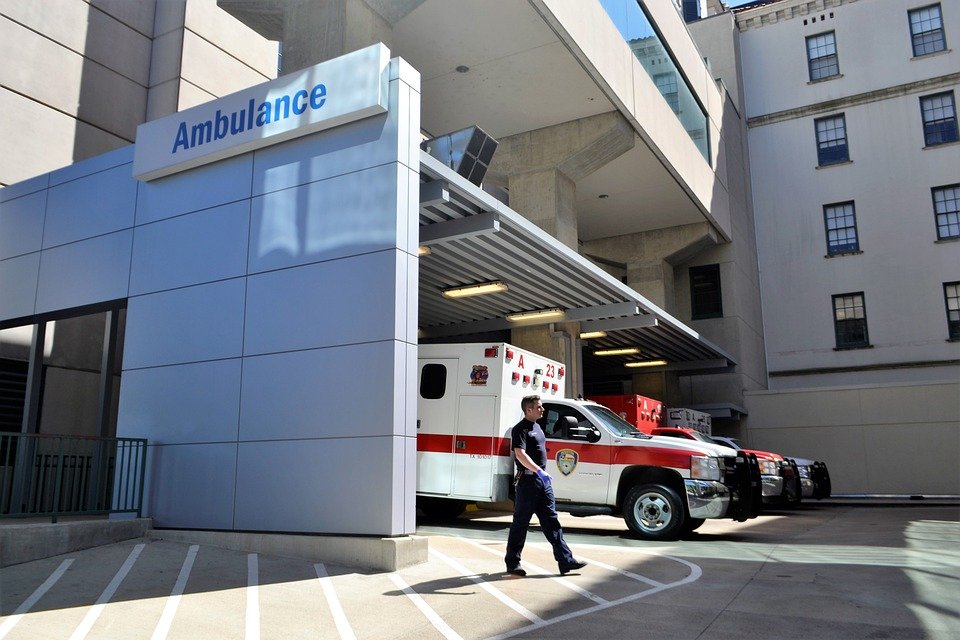 Advancements in pediatric neurology treatment have been breaking down barriers and revolutionizing the way we care for children with neurological disorders. From new medications to cutting-edge surgical techniques, the field of pediatric neurology is constantly evolving to provide better outcomes for young patients.
Advancements in pediatric neurology treatment have been breaking down barriers and revolutionizing the way we care for children with neurological disorders. From new medications to cutting-edge surgical techniques, the field of pediatric neurology is constantly evolving to provide better outcomes for young patients.One of the most significant advancements in pediatric neurology treatment is the development of targeted therapies for specific neurological disorders. In the past, many children with neurological conditions were treated with medications that had limited effectiveness and often caused unpleasant side effects. However, with the advent of precision medicine, doctors are now able to tailor treatments to a child’s unique genetic makeup, allowing for more effective and personalized care.
For example, children with epilepsy, a common neurological disorder in pediatric patients, are now being treated with anti-seizure medications that target specific pathways in the brain responsible for seizures. These targeted therapies have been shown to reduce the frequency and severity of seizures in children, allowing them to lead more normal lives.
In addition to targeted therapies, advancements in surgical techniques have also played a crucial role in the treatment of pediatric neurological disorders. For children with conditions such as brain tumors or epilepsy that do not respond to medication, surgery may be the best option for treatment. In recent years, minimally invasive surgical techniques have been developed that allow surgeons to remove tumors or correct abnormalities in the brain with less risk and faster recovery times.
One such technique, known as laser ablation, uses a laser to precisely target and destroy abnormal tissue in the brain without the need for open surgery. This minimally invasive approach has been shown to be effective in treating certain types of epilepsy and brain tumors in children, with fewer complications and shorter hospital stays compared to traditional surgical methods.
Advancements in imaging technology have also been instrumental in improving the diagnosis and treatment of pediatric neurological disorders. Magnetic resonance imaging (MRI) and functional MRI (fMRI) allow doctors to visualize the structure and function of the brain in unprecedented detail, helping to identify abnormalities and plan treatment strategies.
For example, in children with cerebral palsy, a condition that affects movement and coordination, fMRI can be used to map the areas of the brain responsible for motor function and design targeted therapies to improve mobility and coordination. Similarly, in children with brain tumors, advanced imaging techniques can help doctors precisely locate and remove tumors with greater precision, reducing the risk of damage to surrounding healthy tissue.
Despite these advancements, there are still barriers to accessing high-quality pediatric neurology care for many children. In some regions, there is a shortage of pediatric neurologists and specialized facilities, leading to long wait times for appointments and limited access to cutting-edge treatments. Additionally, the cost of specialized care and treatments can be prohibitive for many families, especially those without adequate insurance coverage.
To address these barriers, healthcare providers and policymakers must work together to increase access to pediatric neurology care for all children. This includes expanding training programs for pediatric neurologists, increasing funding for research into pediatric neurological disorders, and advocating for policies that ensure all children have access to high-quality care regardless of their financial circumstances.
In conclusion, advancements in pediatric neurology treatment have been breaking down barriers and improving outcomes for children with neurological disorders. From targeted therapies to minimally invasive surgical techniques, the field of pediatric neurology is at the forefront of medical innovation, offering hope and healing to young patients and their families. By continuing to prioritize research, education, and access to care, we can ensure that all children receive the specialized treatment they need to thrive and reach their full potential.

You might be interested in learning more about pediatric neurology treatment by exploring some relevant topics. Speaking of targeted therapies, you might be interested in precision medicine. Additionally, advancements in imaging technology are crucial in improving diagnosis and treatment. If you’re curious, you can read more about magnetic resonance imaging (MRI) and functional MRI (fMRI). These resources can provide further insight into the cutting-edge techniques and technologies shaping pediatric neurology treatment.



